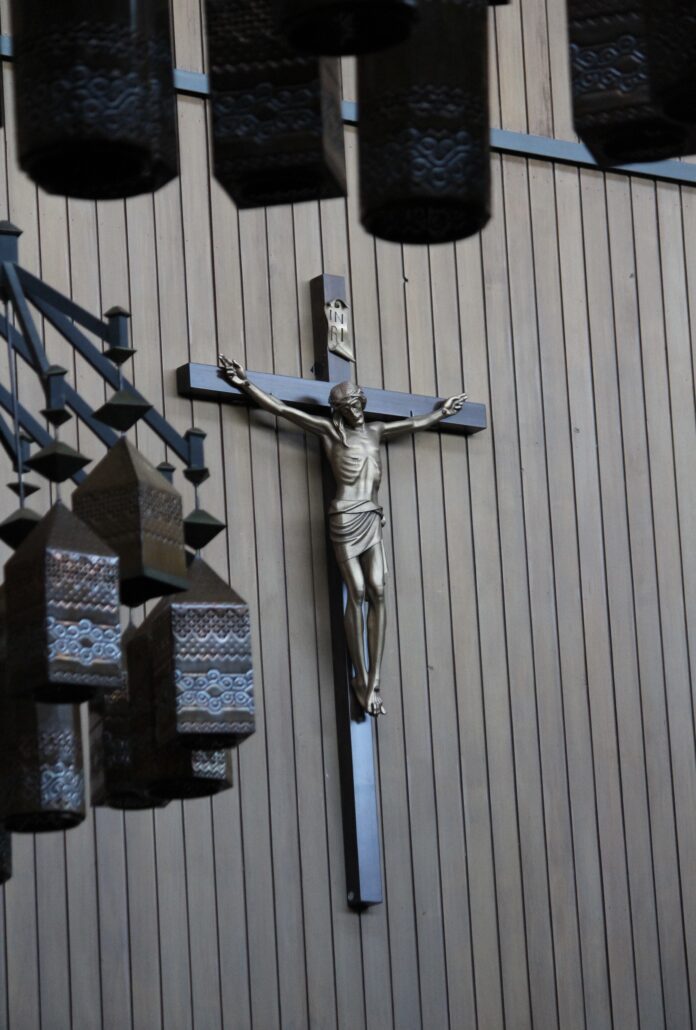The first thing that comes to mind when you think “Four Seasons” might be Vivaldi, but the only thing the upcoming Ember Days of the liturgical calendar have in common with Vivaldi’s piece is their construction around the seasons of the year. Derived not from the baroque tradition, but the Latin ‘Quattor Tempora’, which may be translated as four times or four seasons, Ember Days may be unfamiliar to those of us born after the 1960s.
The commencement of each new season in the liturgical calendar of the Early Church is marked by Ember Days. Early Ember Day observances originated chiefly from three Roman celebrations that centered on the sowing of crops, harvest and the production of wine. Although the exact date is unknown, it is widely accepted that the fourth set of Em- ber Days had been added to the liturgical calendar by the time of Pope Gelasius II, officially changing the Roman celebration into a seasonal Christian tradition in line with the four periods of fasting or feast prescribed in the book of Zechariah (8:19).
The goal of the Early Church was to Christianize these pagan Roman traditions. By the 5th century, Ember Days had become a time of prayer, fasting and abstinence, with the intention of sanctifying civil life and prayerful support of vocations to the priesthood. In 494, Pope Galasius II decreed that the Sacrament of Holy Orders be conferred on Ember Saturdays. These were days of opportunity for special religious devotion, contemplation of the needs of others in the community and reconsecration of the individual towards Christ in thanksgiving for the change in season.
After the Second Vatican Council, the Church ceased to consider Ember Days formal days of fasting and abstinence. The scheduling of Ember Days was instead delegated to the conferences of bishops while the terminology of “Ember Days’” was shifted to “days of prayer.”
Ember Days fall on the Wednesday, Friday and Saturday of each Ember week. The September Ember Days fall on the 20th, the 22nd and the 23rd this year. Wednesday and Saturday were observed as days of fasting with partial abstinence and Friday was a day of complete abstinence, much like Good Friday or Ash Wednesday. Wednesdays of Embertide were a time of reflection on the betrayal of Judas, Fridays were on the crucifixion, and Saturdays were on the tomb. A vigil service on Saturday was followed by the Eucharistic sacrifice on Sunday. Historically, the dates have fluctuated, but generally are the weeks that follow Holy Cross week, the feast of St. Lucy, the first Sunday in Lent and Pentecost.
This year, traditional Ember Weeks are as follows:
Fall: The week of Sept. 17th, following the Exaltation of the Holy Cross.
Thanksgiving for the grapes of Communion wine.
Winter: The Week of Dec. 17th, following the Memorial of St. Lucy. Thanksgiving for the holy oils for Unction.
Spring: The Week of March 3rd following the first Sunday of Lent.
Thanksgiving for the bees and flowers through which we receive blessed candles for Baptism and the altar.
Summer: The week of June 2nd, following Pentecost.
Thanksgiving for the wheat of the Eucharistic host.
The Second Vatican Council was considered controversial for its alterations to Catholic traditions, but the goal of the council–to revitalize the Church in the modern world– was ultimately both necessary and good. However, the loss of traditions such as the Ember Days seems rather apparent. As moderns, we suffer from a lack of guidance and governance. We so often fail to recognize the utility of tradition which serves to ground us and hold us steadfastly to virtue and the centrality of the good life modeled after Christ. It is through traditions like the Ember Days that we grow in our love of truth and peace, so this upcoming week, let’s turn to tradition. What is stopping us from thanking God for the changes of season?
